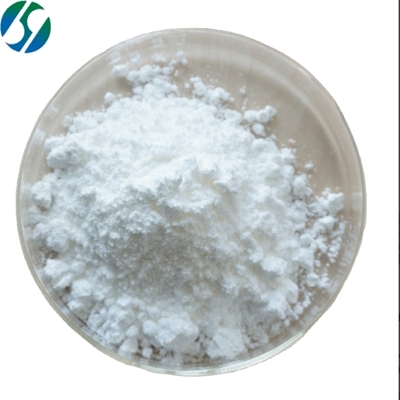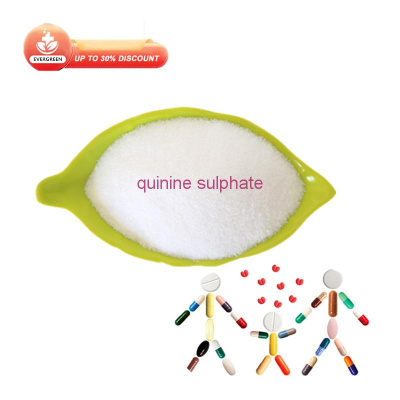Vitamin D helps control the body's lipid balance
-
Last Update: 2017-02-04
-
Source: Internet
-
Author: User
Search more information of high quality chemicals, good prices and reliable suppliers, visit
www.echemi.com
Recently, researchers from Kyoto University in Japan have identified a new way for vitamin D to help control the body's lipid balance through research, which may provide new ideas for scientists to develop new therapies later to treat human metabolic diseases and cancer The related research was published in the Research Report of the international journal Cell chemical biology Moto NARI Uesugi, researcher, said that in this study, we found that a vitamin D metabolite named 25-OHD can inhibit the function of regulating the proteins produced by lipids, and then lead to the failure of these proteins called sterol regulatory element binding proteins (SREBPs) to stimulate the expression of lipid producing genes In this study, researchers first found that 25-OHD can inhibit SREBPs; some pharmaceutical companies (http://www.chemdrug.com/company/) have now developed 25-OHD synthesis (http://www.chemdrug.com/article/8/) Sexual analogues may potentially help regulate lipid production in vitamin D deficient individuals; inadequate dietary intake and sunlight exposure often lead to vitamin D deficiency, which is becoming more and more common in the global population Vitamin D deficiency is directly related to the incidence of a variety of bone diseases, such as rickets in children and osteoporosis in adults At the same time, vitamin D deficiency can also At present, researchers don't know how vitamin D deficiency leads to metabolic diseases and cancer When the researchers screened the chemical library of endogenous molecules, they found the existence of 25-OHD, the metabolite of vitamin D, and then they began to search for inhibitors of SREBPs, which can regulate the production of body lipids For more than 20 years, researchers have been aware of the relationship between 25-OHD and lipid levels, but scientists generally believe that 25-OHD does not have biological activity Sex The researchers found that 25-OHD can induce the cleavage of SREBP mitotic active protein (SCAP), which is the guard protein needed for the activation of SREBP At the same time, the researchers also elucidated how 25-OHD can degrade SCAP into small amino acids Protein SREBP and SCAP are now considered as potential drugs by more and more scientists (http://www.chemdrug.com/) Target, the researchers also hope to use these two proteins as targets to develop new therapies for cancer and metabolic diseases; at the same time, understanding the important role of 25-OHD in the process of SREBP-Scap interaction and lipid production provides new clues and hopes for the later development of new disease therapies.
This article is an English version of an article which is originally in the Chinese language on echemi.com and is provided for information purposes only.
This website makes no representation or warranty of any kind, either expressed or implied, as to the accuracy, completeness ownership or reliability of
the article or any translations thereof. If you have any concerns or complaints relating to the article, please send an email, providing a detailed
description of the concern or complaint, to
service@echemi.com. A staff member will contact you within 5 working days. Once verified, infringing content
will be removed immediately.







